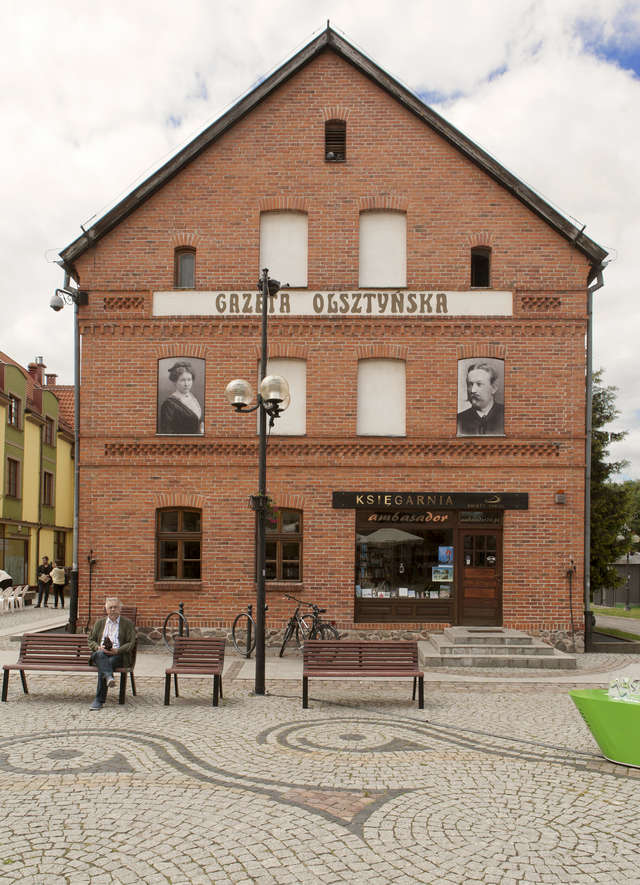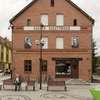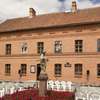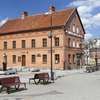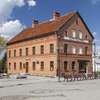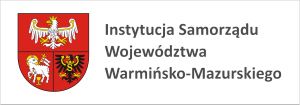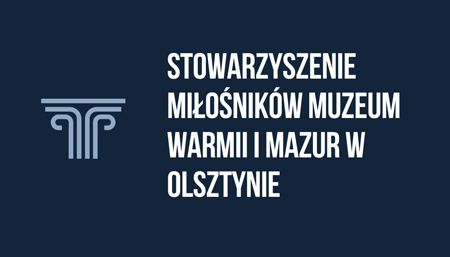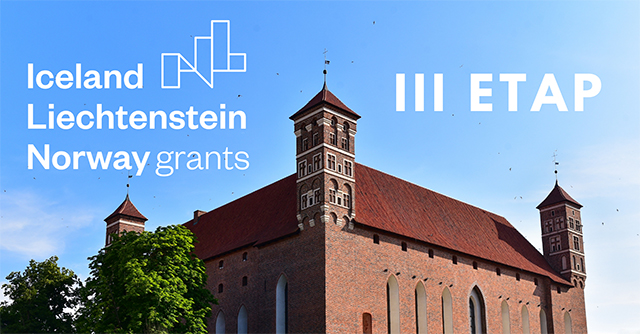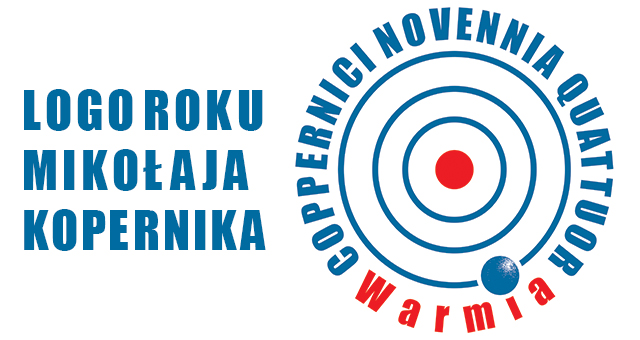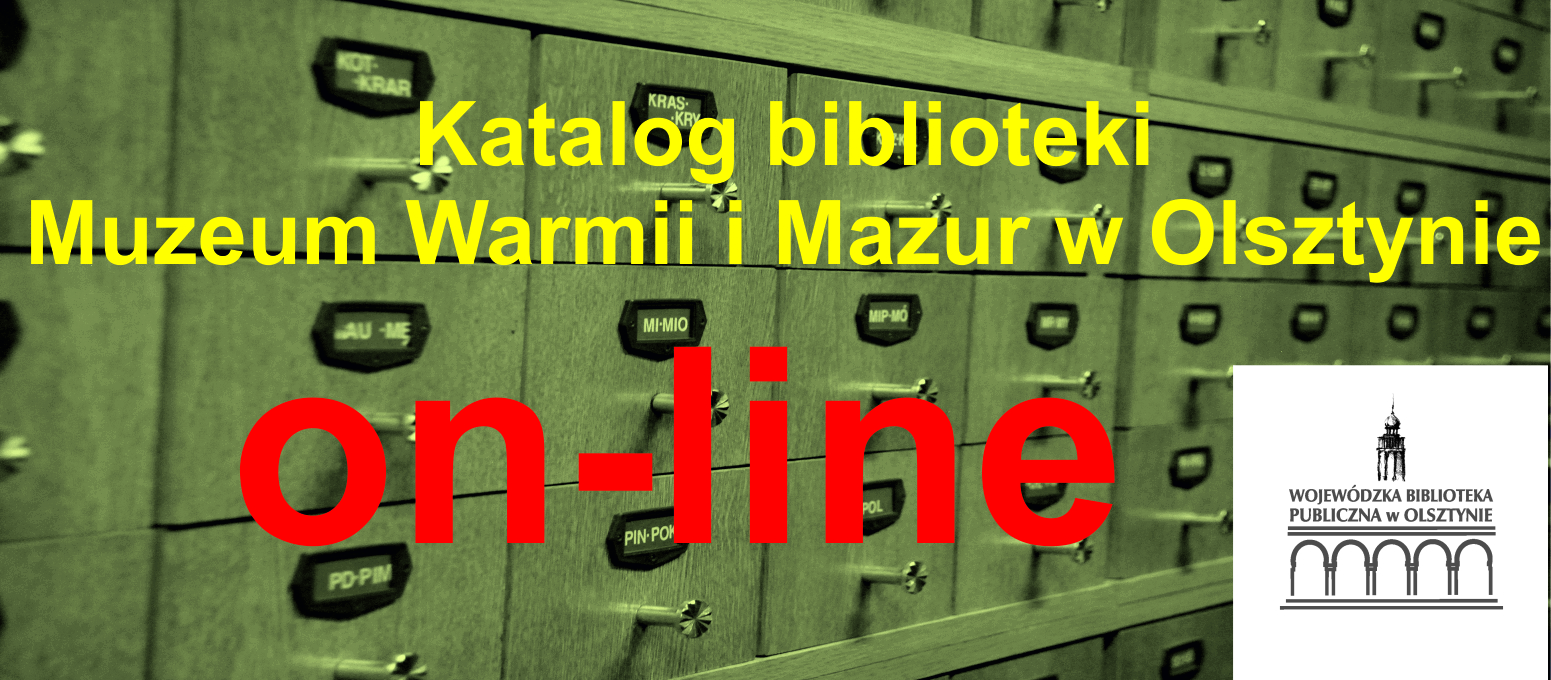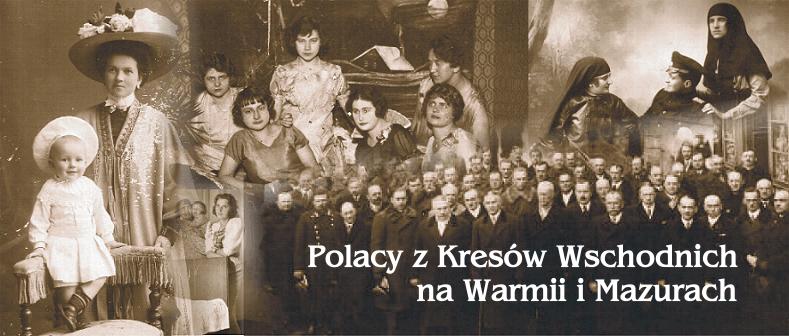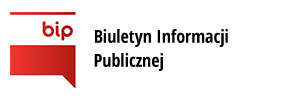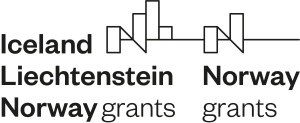The House of the Olsztyn Gazette Museum was founded in 1992. The head office is located in a reconstructed building, which in the years 1920-1939 held the editorial and printing sections of the well-deserved for the Polish history of the region, only Polish newspaper in Warmia published from 1886 – the Olsztyn Gazette. The Museum has a regional character. The collections it gathers, as well as the presented exhibitions are associated mostly with the history of Warmia and Olsztyn, as well as with the history of print.
In its collections, the Museum holds almost eight thousand items. Some of the most valuable are the memorabilia associated with the owners of the "Olsztyn Gazette" publishing house – the Pieniężny family, as well as with the newspaper itself. These are family photographs, a watch with an engraved dedication by Seweryn Pieniężny (1890–1940), fonts from the print shop and unique copies of the "Olsztyn Gazette" including the only surviving original of the 1915 issue. No less engaging or valuable are the items connected with the history of Warmia: the chronicle of the Church in Bartołty Wielkie (1883–1901), statute of the Society for abstinence from roasted beverages in the Warmian Diocese (1852), Act of the Society Party (1919), postcard with correspondence from the period of the 1920 plebiscite, stamp of the Union of Poles in Germany. Of extreme value is the diary of a forced labourer working in the area of East Prussia during the Second World War. A high educational value can be attributed to the sets of photographs, documents and memorabilia of Maria Zientara-Malewska (1894–1984) – a poet, writer, Warmian activist; Bronisław Chabowski (1892–1942) – a teacher of Polish schools in Warmia; Alojzy Śliwa (1881–1969) – a Polish activist, poet and writer, and prof. Witold Niewiadomski (1911–2005) – a scientist, from the 50s of the 20th century working for the Olsztyn Agricultural College. The collection documenting events and transitions of the 80s of the last century is also extensive and captivating: activities of the opposition (flyers, stamps, posters and placards, "second circulation" publications), NSZZ "Solidarity" (strike at OZGraf.), the '89 election and the subsequent political changes. The collections are supplemented by – dated mainly at the beginning and the first half of the twentieth century – machines, devices and appliances constituting the equipment of the print shop, including among others: the linotype, casting apparatus for metal stereotypy, manual proof press, die-cutting press, calender, type-setter shelves, photoengraving plates, as well as bindery equipment: wire stitcher, guillotine, perforator, scissors and binding fonts.
In its collections, the Museum holds almost eight thousand items. Some of the most valuable are the memorabilia associated with the owners of the "Olsztyn Gazette" publishing house – the Pieniężny family, as well as with the newspaper itself. These are family photographs, a watch with an engraved dedication by Seweryn Pieniężny (1890–1940), fonts from the print shop and unique copies of the "Olsztyn Gazette" including the only surviving original of the 1915 issue. No less engaging or valuable are the items connected with the history of Warmia: the chronicle of the Church in Bartołty Wielkie (1883–1901), statute of the Society for abstinence from roasted beverages in the Warmian Diocese (1852), Act of the Society Party (1919), postcard with correspondence from the period of the 1920 plebiscite, stamp of the Union of Poles in Germany. Of extreme value is the diary of a forced labourer working in the area of East Prussia during the Second World War. A high educational value can be attributed to the sets of photographs, documents and memorabilia of Maria Zientara-Malewska (1894–1984) – a poet, writer, Warmian activist; Bronisław Chabowski (1892–1942) – a teacher of Polish schools in Warmia; Alojzy Śliwa (1881–1969) – a Polish activist, poet and writer, and prof. Witold Niewiadomski (1911–2005) – a scientist, from the 50s of the 20th century working for the Olsztyn Agricultural College. The collection documenting events and transitions of the 80s of the last century is also extensive and captivating: activities of the opposition (flyers, stamps, posters and placards, "second circulation" publications), NSZZ "Solidarity" (strike at OZGraf.), the '89 election and the subsequent political changes. The collections are supplemented by – dated mainly at the beginning and the first half of the twentieth century – machines, devices and appliances constituting the equipment of the print shop, including among others: the linotype, casting apparatus for metal stereotypy, manual proof press, die-cutting press, calender, type-setter shelves, photoengraving plates, as well as bindery equipment: wire stitcher, guillotine, perforator, scissors and binding fonts.

